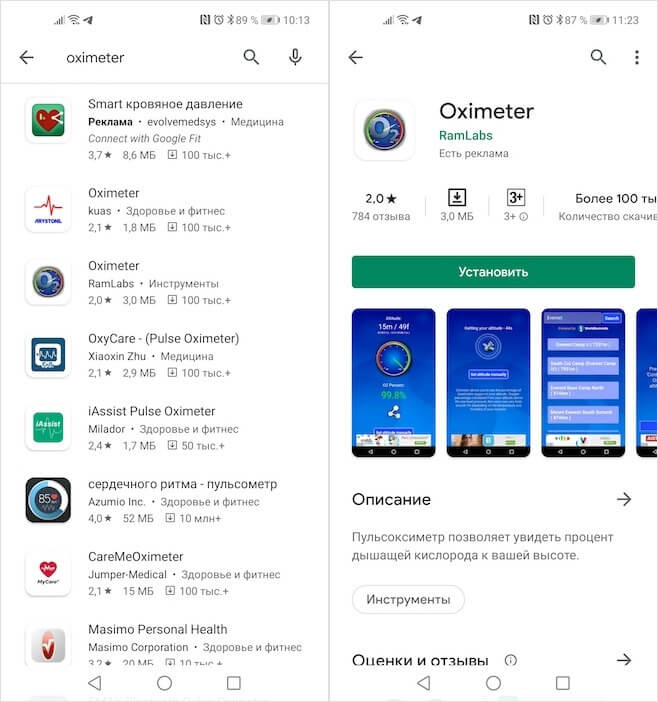Blood oxygen measurement promises to be a new trend among wearable electronics users. In any case, now more and more manufacturers are equipping their smartwatches with instruments that determine saturation. As a result, not only expensive smart watches were able to learn how to make such measurements, but also quite affordable fitness bracelets, which have only a built-in heart rate monitor from medical equipment. Therefore, many people decided that since cheap trackers can measure oxygen levels, expensive smartphones will clearly be able to do this. We figure out whether this is really so.

Probably everyone has at least once measured the oxygen level in the blood. But you can't do the same with a smartphone.
Oddly enough, but the query 'blood oxygen level smartphone' is very popular on Google. By simple inference, you can guess that users are looking for ways to measure saturation using only a smartphone. Yes, no modern flagship offers such functionality by default, although some devices have a built-in heart rate monitor and are able to measure the heart rate. However, the software developers saw this as a good opportunity to earn money and presented their own applications for measuring oxygen in the blood.
Blood oxygen measurement applications

Google Play has tons of useless apps for measuring saturation
If you open Google Play and search for the phrase 'blood oxygen', 'blood oxygen measurement' or 'oximeter', you will see at least several dozen apps offering oxygen saturation measurements. Despite the fact that among them there are quite benign programs for measuring the heart rate, most are bogus utilities. Moreover, judging by the rating, users quickly realize that they are trying to deceive them by slipping fake numbers, and therefore give them minimum marks.
How do I know this is cheating? Well, in fact, you don't have to be seven inches in the forehead here. It is enough to at least roughly understand how pulse oximeters work. These are such devices for measuring saturation. They look like small clips with a radiator and a small screen on the surface, where the measurement result is demonstrated. Their principle of operation is based on the ability of hemoglobin (a protein that carries oxygen) to absorb light in different ways, depending on the degree of oxygen saturation.
How blood oxygen is measured

Blood color indicates oxygen content
A pulse oximeter emits two light waves of different wavelengths – 660 nm (red) and 940 nm (infrared) – that shine through the skin and thus determine the color of the blood. The darker it is, the more oxygen it contains, and the lighter it is, the less oxygen it contains. Then the necessary calculations are made, and the user receives the result of the saturation level. That is, in fact, a heart rate monitor and a photo detector are needed to measure. And the software component allegedly offered by software from Google Play is only needed for data interpretation.
What does all this mean? And the fact that with the help of a smartphone it is impossible to measure the level of oxygen in the blood without additional equipment. I admit that someone thought of launching a special body kit for smartphones on sale, like the one used for taking ECG readings or measuring blood pressure. However, neither by default, nor with the help of applications from Google Play, which in 100% of cases are false, you will not be able to take correct measurements, and the results you get will be taken from the ceiling.
